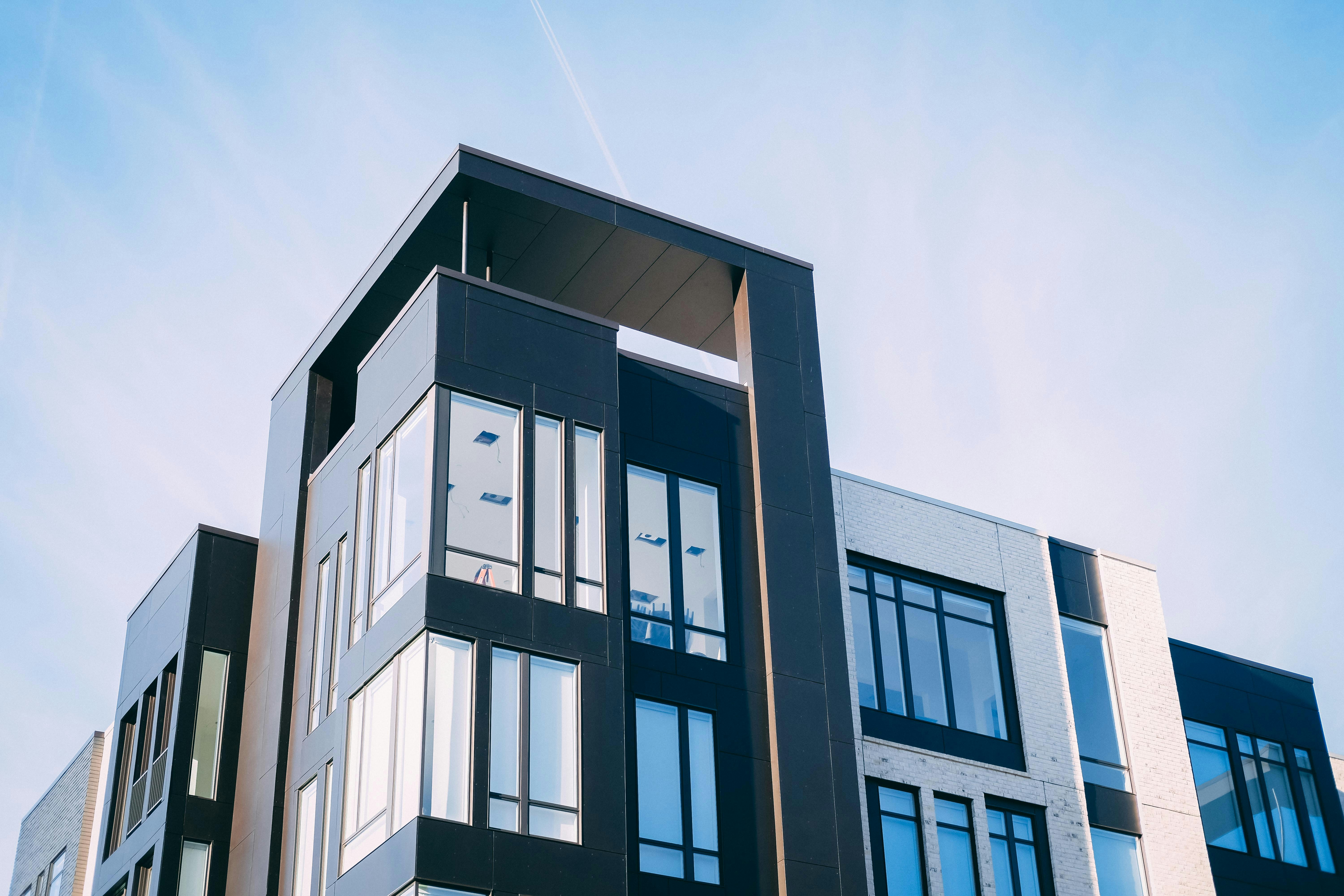1. Getting performance right from the start.
Heat networks operate by distributing heat (typically via hot water or steam) from a central source to multiple properties. The idea is simple. The implementation? Not so much.
If a heat network’s going to last, and work well throughout its life, it needs to be efficient, resilient and able to adapt to whatever the future throws at it. That means thinking about everything from energy usage to ease of maintenance.
What to focus on:
- Energy efficiency: With rising standards and bills, having an efficient system is essential. Smart meters and real-time monitoring can help keep things running smoothly and highlight where improvements are needed.
- Low-carbon compatibility: As the UK pushes towards net-zero, heat networks must be able to work with low-carbon heat sources like heat pumps, biomass boilers or solar thermal. The more flexible the system, the easier it’ll be to keep up with tightening carbon targets.
- Built-in flexibility: A future-proof heat network should be ready to plug into new energy sources like waste heat or hydrogen, or to scale up with energy storage solutions. Modular systems are a good shout, they’re easier to expand or adapt as needs change.
- Ease of maintenance: No one wants lengthy downtime or hard-to-find parts. Regular upkeep, easy access for repairs, and a supply chain that can deliver replacements quickly will all help avoid costly hiccups down the line.
2. Staying on the right side of regulation
With Ofgem set to take on regulatory oversight of heat networks from 2025, the compliance landscape is changing fast. Future-proofing means keeping a close eye on what’s coming and making sure systems are built to meet or exceed both current and future requirements.
Top compliance priorities:
- Ofgem oversight: From 2025, Ofgem will be regulating heat networks across Great Britain, covering everything from performance to consumer rights. Developers will need to design systems that are transparent, fairly priced, and easy to manage.
- Metering and billing: Heat networks will need to provide accurate, real-time billing for residents. That means systems must allow for individual metering and clear, fair charges - no surprises, no disputes.
- Consumer protections: Ofgem’s rules will also include measures to protect residents. Think clear communication, complaint-handling procedures, and prompt service. Building this into the system from the outset will save headaches later on.
- Carbon compliance: Expect more stringent environmental rules over time. By 2027, networks may be required to meet tighter efficiency standards or use more sustainable heat sources. Planning for that now avoids expensive retrofits in a few years’ time.
3. Embracing the right tech
Technology is moving quickly, and heat networks can’t afford to be left behind. Integrating smart tools and data-driven systems will be key to delivering top performance and staying compliant.
Smart upgrades to consider:
- Smart metering and IoT: With connected meters and sensors, operators can get a live picture of how the system’s performing, and fix issues before they become serious problems.
- Analytics and AI: Advanced data tools can spot trends, predict maintenance needs and help make smarter energy decisions. The result? A more efficient, reliable network.
- Automation and controls: Systems that can automatically balance heat, regulate flow and respond to changing demand are more energy-efficient and better for users.
- Energy storage: Storing excess heat for later use (especially during peak times) can boost efficiency and reduce reliance on external sources—another step towards a smarter, more sustainable system.
4. Making the numbers work
Building and running a residential heat network is a big investment. Future-proofing it also means making sure it stays financially sustainable, not just for developers and operators, but for residents too.
Financially savvy steps:
- Plan ahead: Start with a clear financial model that includes upfront costs, running expenses, and long-term maintenance. Spending more now on efficiency can save a lot down the line.
- Cut running costs: Prioritising efficiency and using predictive maintenance tools can bring down energy and repair bills, benefiting both operators and residents.
- Tap into funding: Government grants or incentives might be available for projects that use renewables or hit certain carbon targets. These can make a real difference to overall project viability.
- Cost-sharing models: In some cases, developers pass on operational cost increases to residents. If done transparently, this can help balance the books without hitting project sustainability.
5. Working together from day one
Delivering a future-proof residential heat network isn’t a solo effort. It needs input from everyone - developers, engineers, local authorities, energy providers, and residents - to make sure it works well and lasts.
Everyone’s got a role to play:
- Developers and contractors: Should design systems that meet today’s standards but are ready for tomorrow’s technology. Involving specialists early can save a lot of rework later.
- Building operators: These are the people who’ll keep the system running day-to-day. Making sure they’re part of the planning process helps ensure the network is user-friendly and manageable.
- Residents and tenants: Keeping residents informed and engaged helps build trust and satisfaction. When people understand how the system works and what they’re paying for, everyone wins.
Future-proof your heat network(s) with CEP
Whether you need a bit of guidance or a more hands-on approach, CEP can help you make sense of what’s ahead.
Our team has the expertise and experience to steer your network(s) in the right direction, helping you stay on track with performance, compliance, and long-term efficiency.
Get in touch to find out how we can support your next steps.


